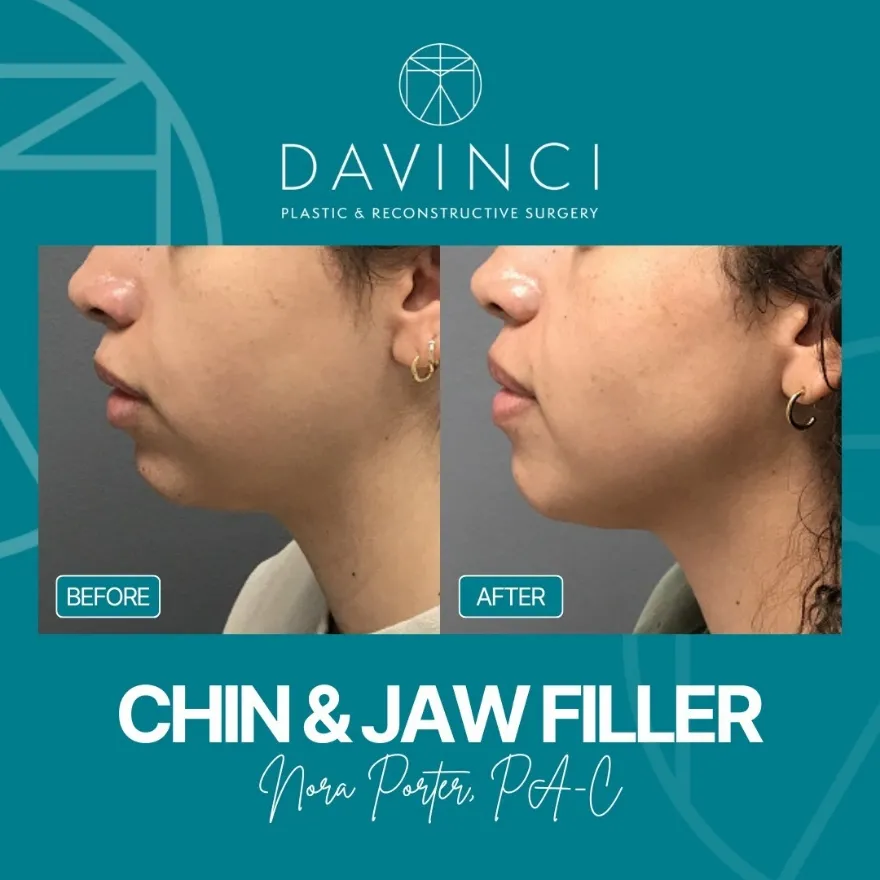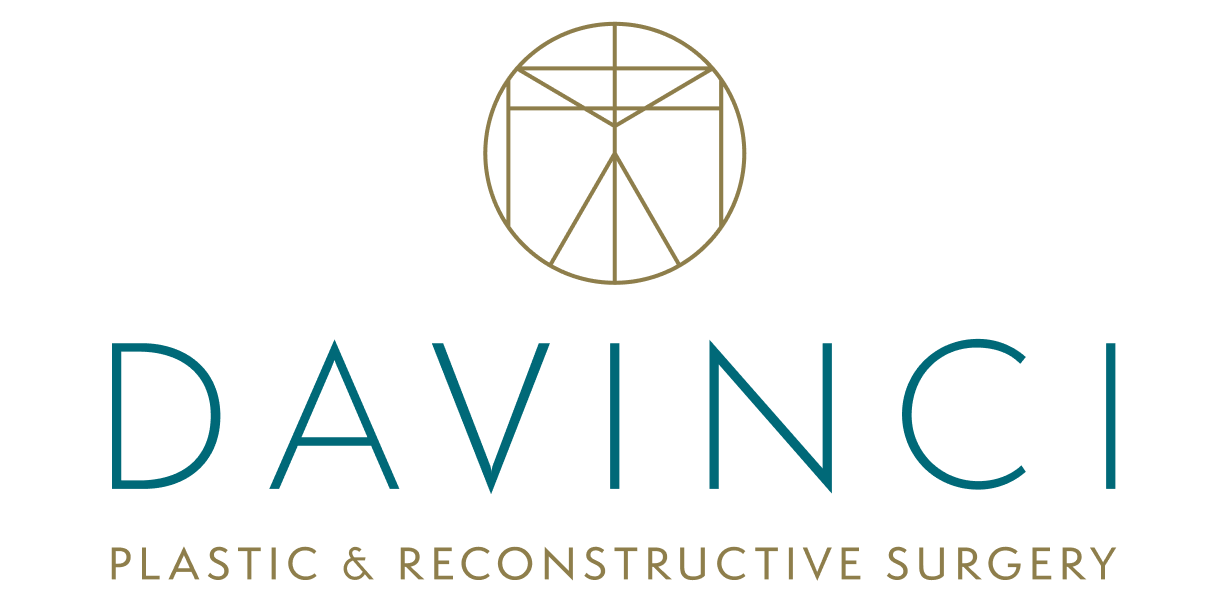Blog
Posted July 22, 2018 in BOTOX® Cosmetic, Injectables
Most people have a general knowledge about injectables through friends, social media and celebrities. They can be a great complement to plastic surgery or even help you restore some youthful features without any recovery or downtime. Injectables can address skin smoothness, feature definition and even correct a wide range of facial imperfections. You know Botox […]
Read More
Posted August 14, 2013 in Age Reversing, AntiAging, Facelifts
The Mini treatments idea was born about 20 years ago based upon the needs of younger patients (40ish) who wanted the benefits of cosmetic procedures, who didn’t need full blown treatments such as facelifts, and whose schedule demanded less downtime etc. These are younger Boomers, Generation X and now also includes the Millennials. What we […]
Read More
Posted November 14, 2011 in Non-surgical, Skin Care
Aging is inevitable and beauty at any age is possible. But if the biological effects of aging are left unchecked, as we move through the decades, damage is done that probably could have been prevented or delayed. This series of blogs deals with facial aging… and which interventions can help us keep looking young, fresh […]
Read More
Posted August 15, 2011 in Facelifts
DOES LOOKING BETTER REALLY HELP YOU GET THAT JOB? This is always a sensitive subject, especially in these economic times, but if you believe “the truth can set you free” (and I do) then this information should be helpful to many people. If youth equals beauty – then beauty in turn equals money. People in […]
Read More








